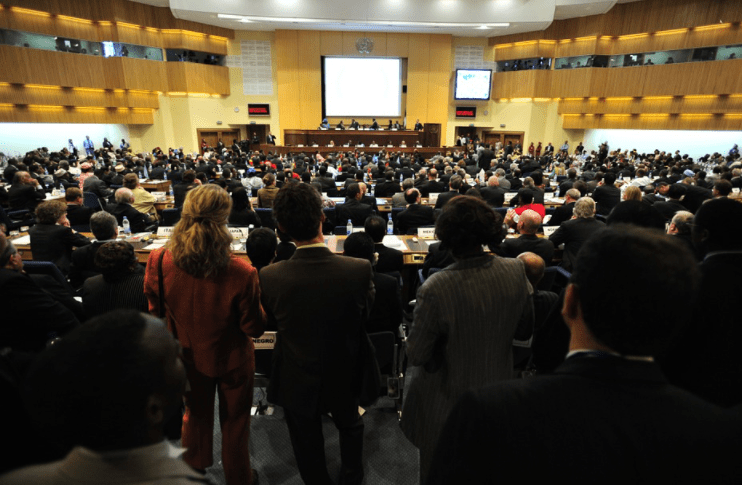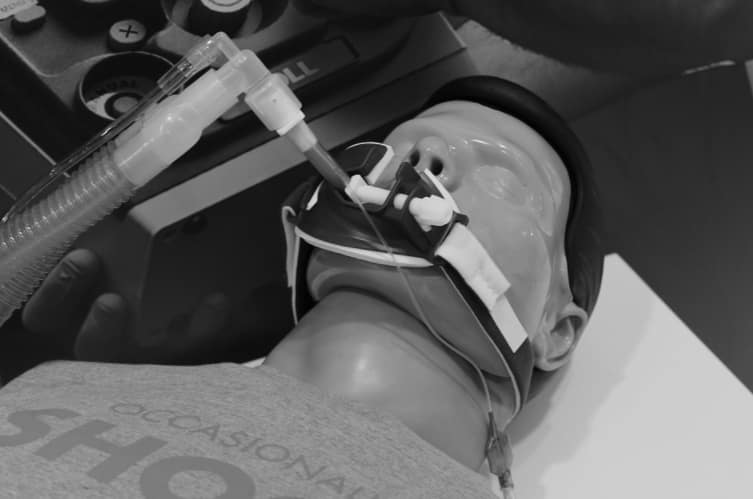Medical conferences are held as a worldwide union of doctors, doctor assistants, nurses, medical students, and healthcare professionals talking about healthcare technology, new inventions, and knowledge. The most common topic that medical conferences mainly talk about is healthcare simulation. You can learn about it and even join the conferences at https://www.sesam-web.org/events/event/sesam-paris-2017/. Leaders of this medical education meet to discuss their ideas and experiences to improve educational practice. These meetings are held in a selected medical area, especially in exotic locations, to relax with their families and friends, along with subject matter enrichment.

Reasons Why Medical Conferences Are Conducted
Various sessions and workshops were conducted for the diverse faculty and researchers to discuss and share exciting strategies, creations, and ongoing medical education interventions. It is a platform for people with similar interests. The medical conference is essential to develop a network with others, participate in seminars and workshops, and showcase one’s work through presentations. These workshops contribute to curriculum design and implementation, competency assessment and analysis, simulation and surveillance studies, and ethical or policy issues in medical practice. Applications are created to participate in such games. Approval of abstracts and presentations occurs months before the date of each conference. Once the abstracts have been reviewed, they are approved or rejected. Then, the full program is prepared, taking into account the time of this seminar along with the Q&A session.
The Importance of Healthcare Simulation
 As mentioned, healthcare simulation is the main focus of many medical conferences. Hence, we will also talk about healthcare simulation. Healthcare simulation is a technique used to replace or enhance real-world encounters with guided clinics that evoke or replicate significant aspects of the real world in an interactive manner. Simulation in health care uses many different tools ranging from immersive or realistically recreated health care environments that correspond virtually to everything seen in a real clinical setting to electronically enhanced virtual wellness environments. In immersive assembly, people alone or together with technologically advanced mannequins representing abnormal and normal human bodies can be interactive setups through which aspirational and non-emergent scenarios are performed to create safe exercise arenas for students with out risk to patients along with the possibility of psychological injury to students in a mistake out some human. Nonetheless, the normal drawback of electronic simulation not leaving only practical instruction has become a big advantage in a coronavirus period because virtual simulation can fill the void in health education when medical campuses have closed.
As mentioned, healthcare simulation is the main focus of many medical conferences. Hence, we will also talk about healthcare simulation. Healthcare simulation is a technique used to replace or enhance real-world encounters with guided clinics that evoke or replicate significant aspects of the real world in an interactive manner. Simulation in health care uses many different tools ranging from immersive or realistically recreated health care environments that correspond virtually to everything seen in a real clinical setting to electronically enhanced virtual wellness environments. In immersive assembly, people alone or together with technologically advanced mannequins representing abnormal and normal human bodies can be interactive setups through which aspirational and non-emergent scenarios are performed to create safe exercise arenas for students with out risk to patients along with the possibility of psychological injury to students in a mistake out some human. Nonetheless, the normal drawback of electronic simulation not leaving only practical instruction has become a big advantage in a coronavirus period because virtual simulation can fill the void in health education when medical campuses have closed.
How Simulation Facilities Helps Healthcare Professionals and Students
Simulation facilities are nearly ubiquitous in nursing and medical schools. Many health care programs now incorporate simulation to reinforce face-to-face clinical experiences and educational content. Over the past two decades, simulation has gained popularity as part of excellent healthcare programs because its effectiveness is supported by research and offers clear academic benefits. In many ways, simulation has become a game-changer in terms of the quality of health care education and openness to student learning. Still, we have never had to do this because we currently lack clinical experience. Strengthen your curricula with immersive simulators independently or in conjunction with a virtual simulation that the vast majority cannot replace clinical classes with virtual simulation alone wholly.

